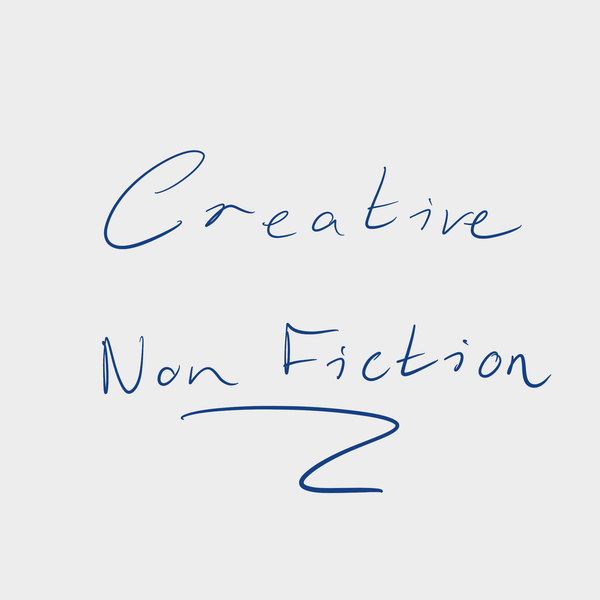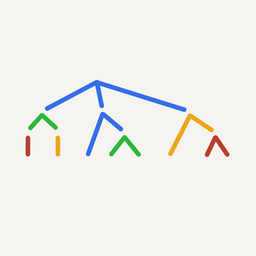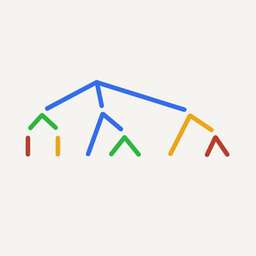To write well, first live an interesting life. Or so conventional wisdom goes.
Many people think that valuable writing comes from valuable experience. But some of the best nonfiction writing uses mundane, everyday experience as the raw material for deep insight.
It's all a matter of perspective. And technique.
This week's newsletter is about a type of essay that you can write to transform everyday experience into valuable writing. Let's go!
In this week's issue of Writer Science:
- How to write creative nonfiction
- Write like a film director (not a philosopher)
- The ultimate guide to writing WITHOUT A.I.
Anchored in Reality, Aiming Beyond the Facts 🖼️
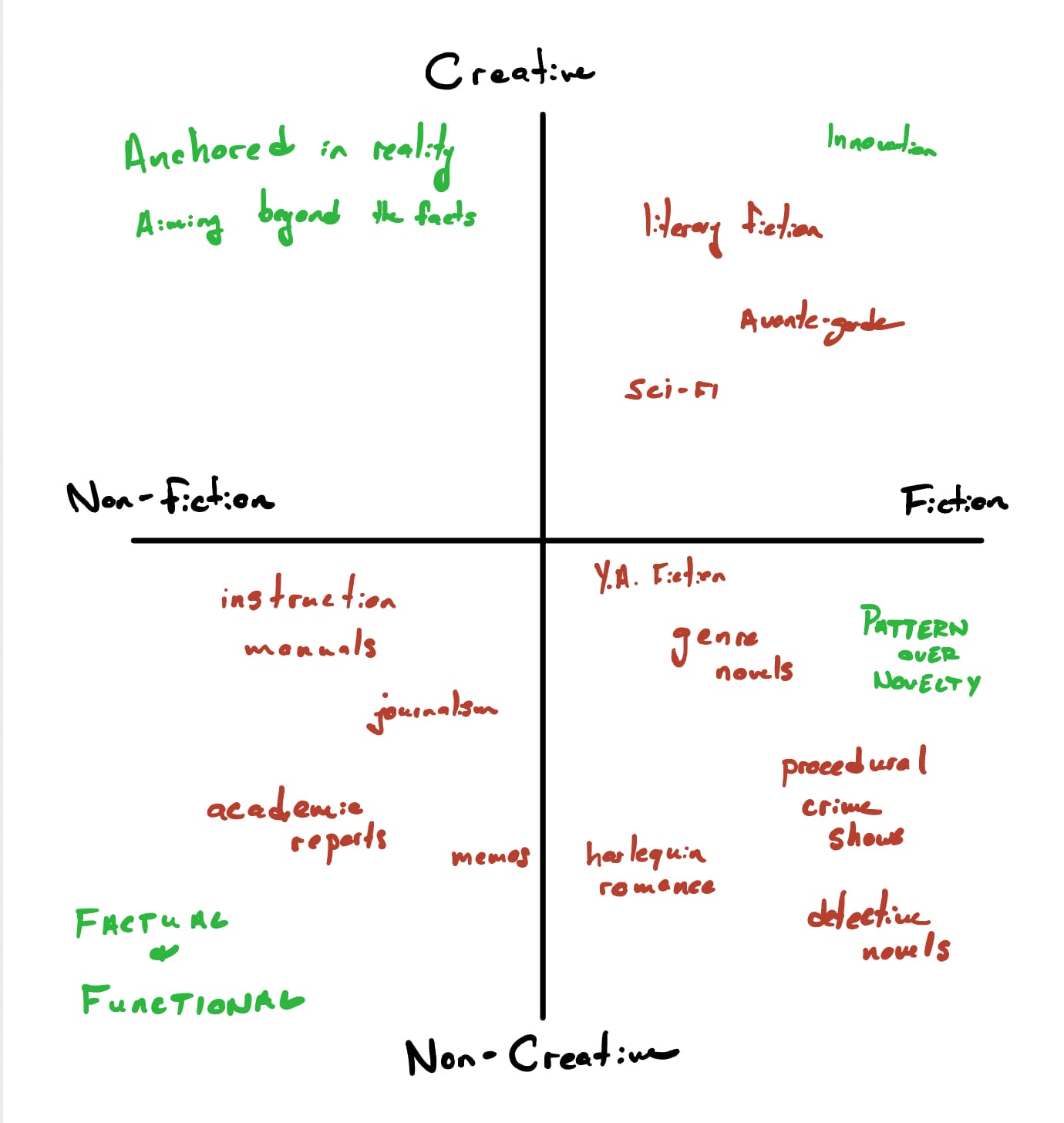
Many aspiring writers avoid publishing online, convinced their ordinary lives lack interesting material.
But this tutorial on creative non-fiction reveals why your "boring" experiences are actually perfect writing fodder - and how to transform them into valuable content that resonates beyond personal journaling.
What is creative non-fiction?
Creative nonfiction sits between journalism, journaling, and literature.
Unlike journalism (which transfers plain information) or diary entries (which makes sense of the world for the writer), creative nonfiction uses real experience as the raw material for universal truths. Its aim is to provide genuine value to readers.
With creative nonfiction, you're not just reporting facts or sharing personal stories. You're using life events to highlight deeper patterns that help readers see the world anew. Your experience of the particular becomes a lens for the universal.
How to write creative nonfiction
There are no fixed or conventions for the genre. But one good principle borrowed from the domain of literature is to introduce all major themes and characters in the opening. This is a version of Chekov's gun: nothing appears later that isn't seeded early on, creating a cohesive narrative arc that feels intentional rather than meandering.
One great example of creative nonfiction is David Gessner's Learning to Surf, in which the author transforms a simple story about surfing into a meditation on stability and adaptation. The author creates this theme by weaving together three threads: his attempts at surfing, his observations of pelicans, and his experiences in fatherhood. While they may seem separate topics, these threads reflect and illuminate each other.
Your ordinary life contains extraordinary material
Anybody can write creative nonfiction. You don't need expertise, dramatic events, or exotic experiences (though of course they don't hurt). What you need is the ability to probe your everyday experience more deeply to find universal patterns within your particular circumstances.
Creative nonfiction flips the script on writing anxiety. Your everyday struggles and observations contain exactly the material others want to read, provided you're willing to look beyond the mundane.
Three techniques to elevate your nonfiction writing
- Use selective outside research to provide context, but stay centered within the narrative. This research shouldn't come off as disconnected information dumps that break the story's momentum.
- Remember that every detail should serve your larger purpose of helping readers see familiar experiences in new ways. Maintain narrative cohesion while allowing themes to develop organically throughout your piece.
- Pick one theme and 2-3 points you want every reader to remember. Don't worry about describing events chronologically. Establish clear thematic connections between different aspects of your experience, and find the underlying patterns that link seemingly separate experiences together.

Interesting stories & ideas 📚
- Generative A.I. has no place in my classroom — David Cutler (high school teacher in Massachusetts)
- Marginalia of Cormac McCarthy — "There is an intelligence to the world (of which we are fractal) and that intelligence has a character and that character is benign. Intends well toward all things. How could it not?"
- The ultimate guide to writing WITHOUT A.I.
Case Study: Why Your Best Ideas Fall Flat 🔍
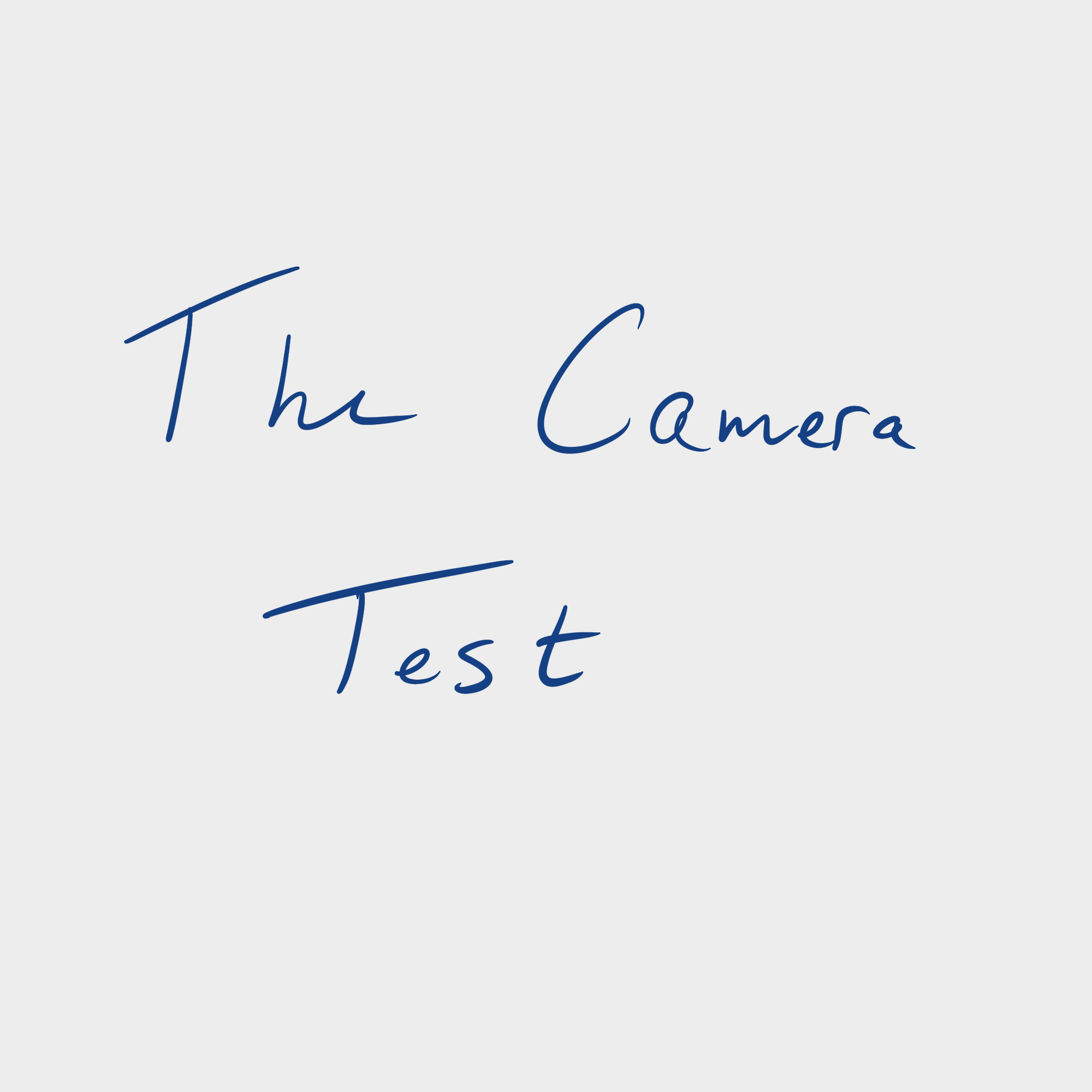
Many writers struggle to bring their ideas to life. They default to abstract explanations instead of vivid storytelling.
This case study reveals how one writer transformed his flat, concept-driven drafts into engaging creative nonfiction by shifting from philosopher mode to storyteller mode.
The common trap: starting with concepts
Meet Paul, a retired software engineer turned online writer who hired me for writing coaching. He had spent weeks wrestling with an essay about an eating disorder and life balance.
His idea was solid: comparing life balance to a pendulum rather than a scale. But every draft felt lifeless and flat.
The problem was clear: Paul was starting with the philosophical concept, and trying to shoehorn it into the story. He was writing like a philosopher when he needed to write like a storyteller.
The solution: write like a film director
- Treat each sentence like a camera shot ▶︎ asking where the character is, what they're doing, and what the reader can actually see. If you can't point a camera at what you're describing, it needs to be rewritten with more concrete details.
- Let the theory and insights emerge from the experience ▶︎ Instead of opening with "I read about pendulum theory," Paul learned to start with specific scenes - standing in his kitchen at 2 AM, wrestling with whether to eat ice cream.
- Your readers are smart ▶︎ When you place them in your shoes, they'll draw your conclusions. Your insight becomes more powerful and lasting when readers discover it through the experience of your text rather than having it explained to them.
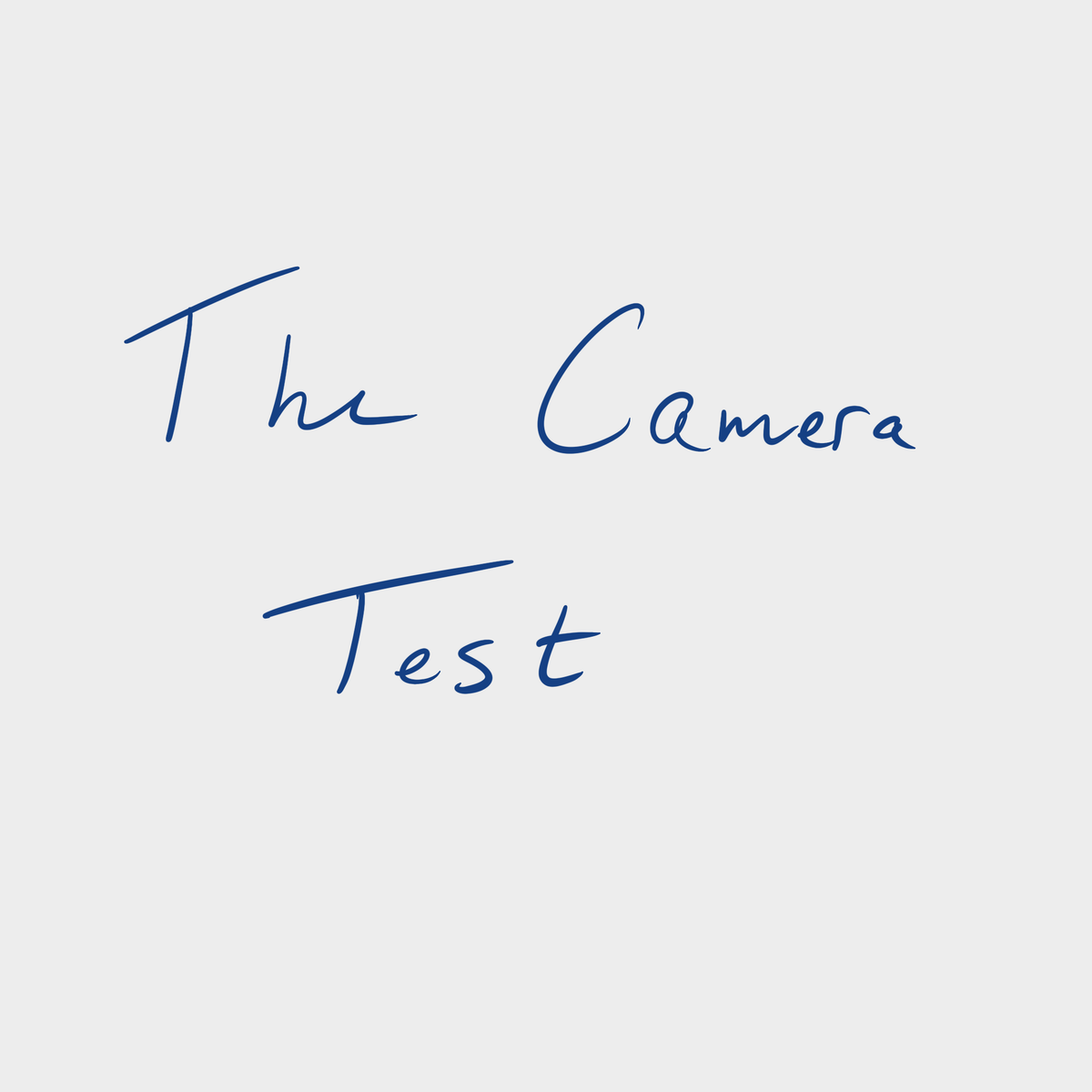
Curator's Pick ✨

Enjoy this newsletter? Forward it to a friend, or hit reply to share your thoughts. I'd love to hear from you!
Work with Me: Get feedback on your writing and actionable advice through a 1:1 consultation with me – apply here
Donating = loving 🥰 Leave a tip to help support this publication
